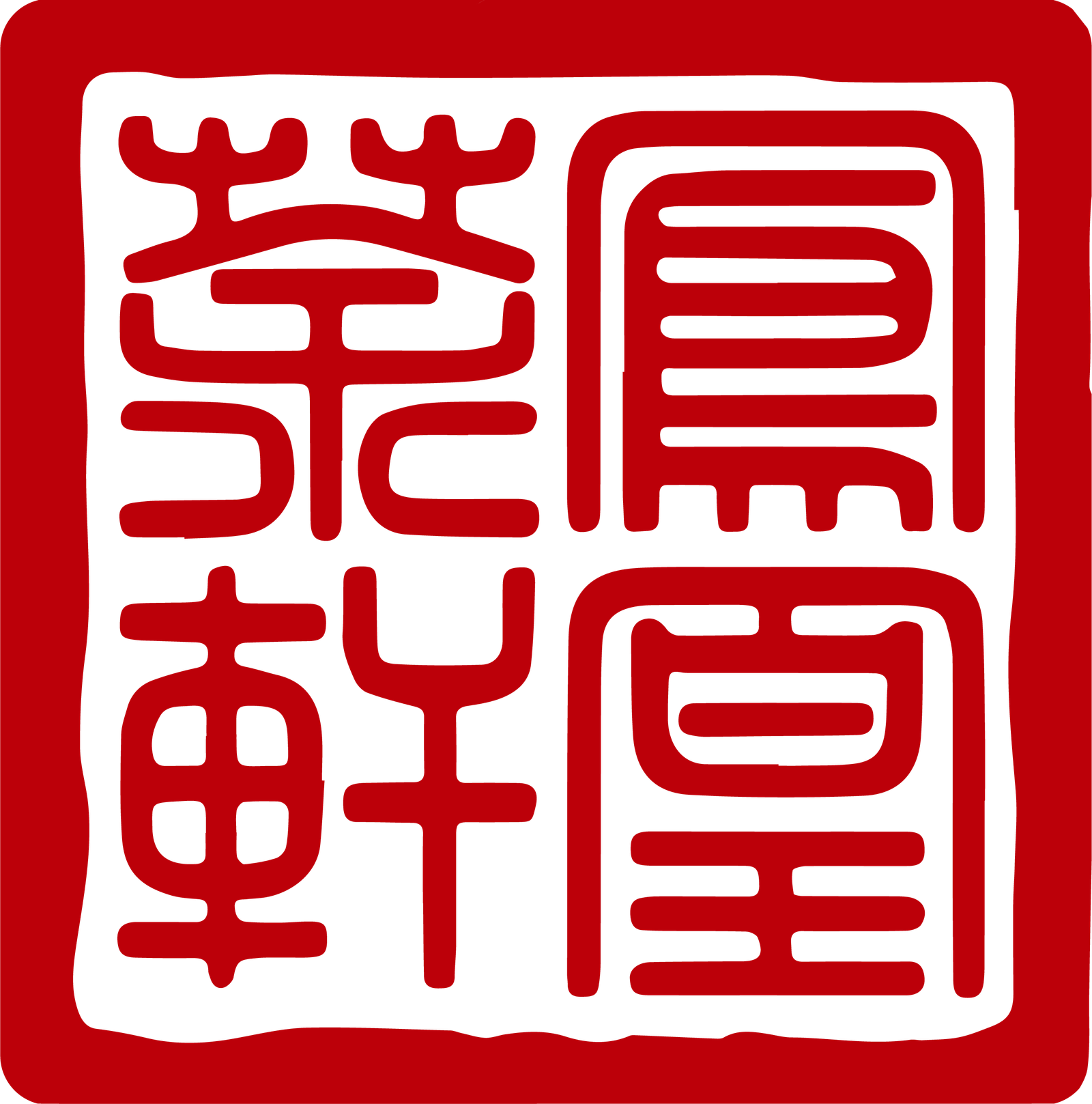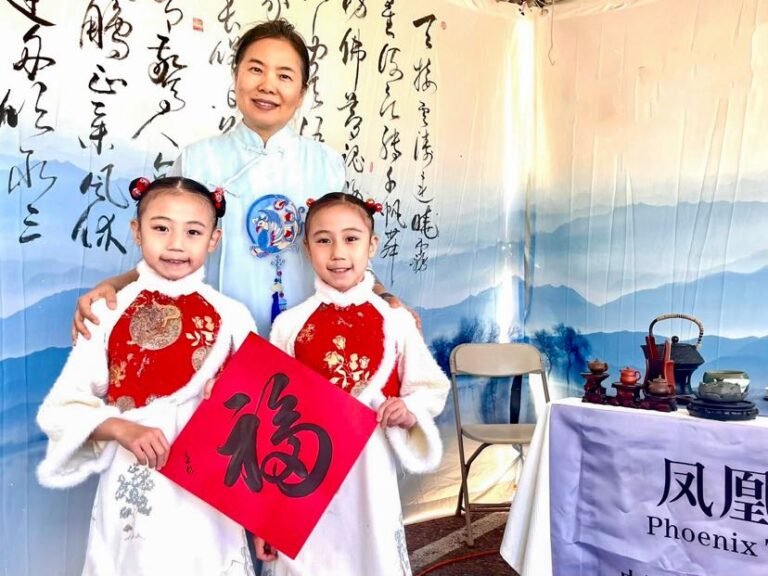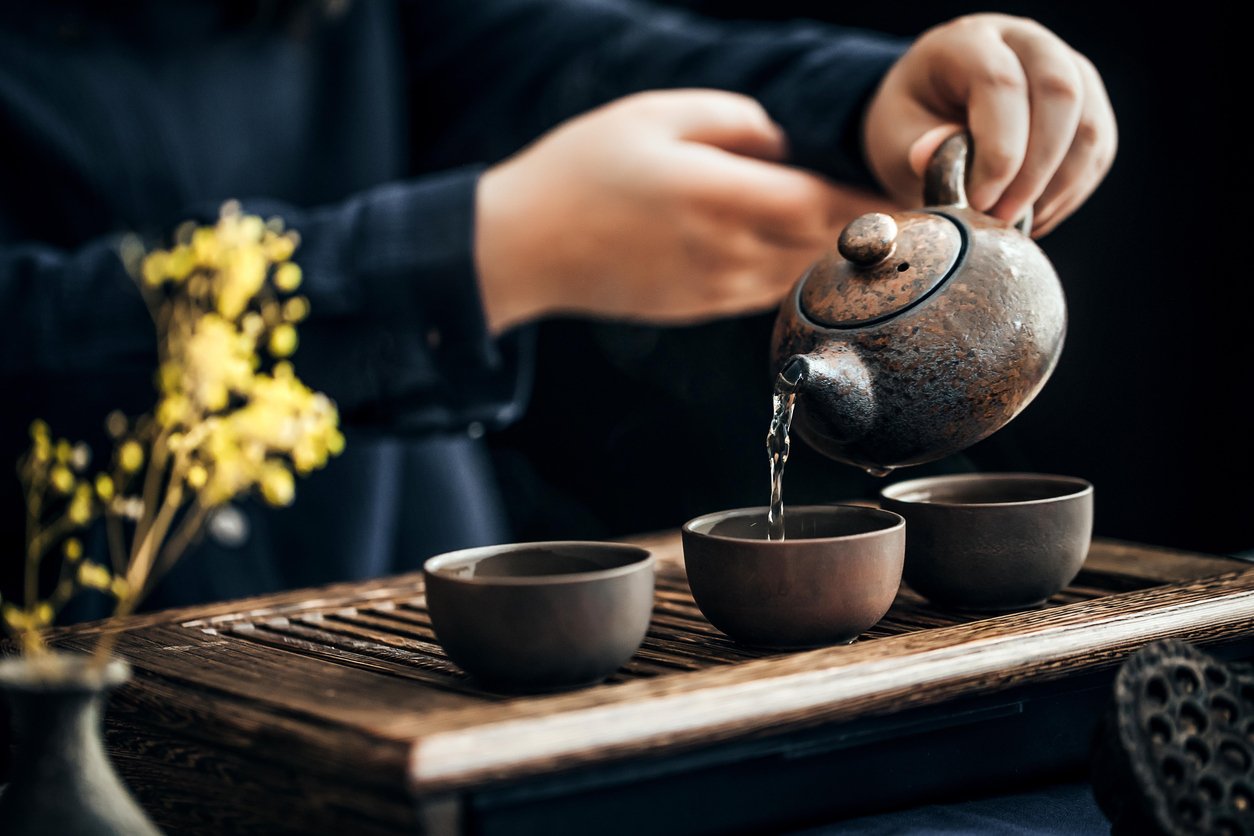
一、1. History and Culture of Tea
The history and culture of tea have had a profound impact, encompassing multiple important aspects. Starting with the earliest tea books, the first tea book in the world is The Classic of Tea (茶经), written by Lu Yu. It is the first known work dedicated to tea in history. During the Tang Dynasty, tea types included coarse tea, loose tea, powdered tea, and brick tea. It can be said that China is not only the first country in the world to cultivate and drink tea but also the birthplace of tea culture.
As tea spread, its influence extended worldwide. For instance, the Netherlands was the first European country to drink tea, while Japan was the first to adopt tea from China. In the early 18th century, Dutch play Tea-Addicted Ladies showcased the cultural impact of tea.
Many key figures contributed to tea’s dissemination. Saicho was the first to learn tea drinking in China and brought tea plants back to Japan. Additionally, Michael de Ruggiero was the first missionary to introduce Chinese tea ceremonies, teaware, and tea culture to the West. Japan was also the earliest country to transplant Chinese tea. These events collectively highlight tea culture’s far-reaching global influence.
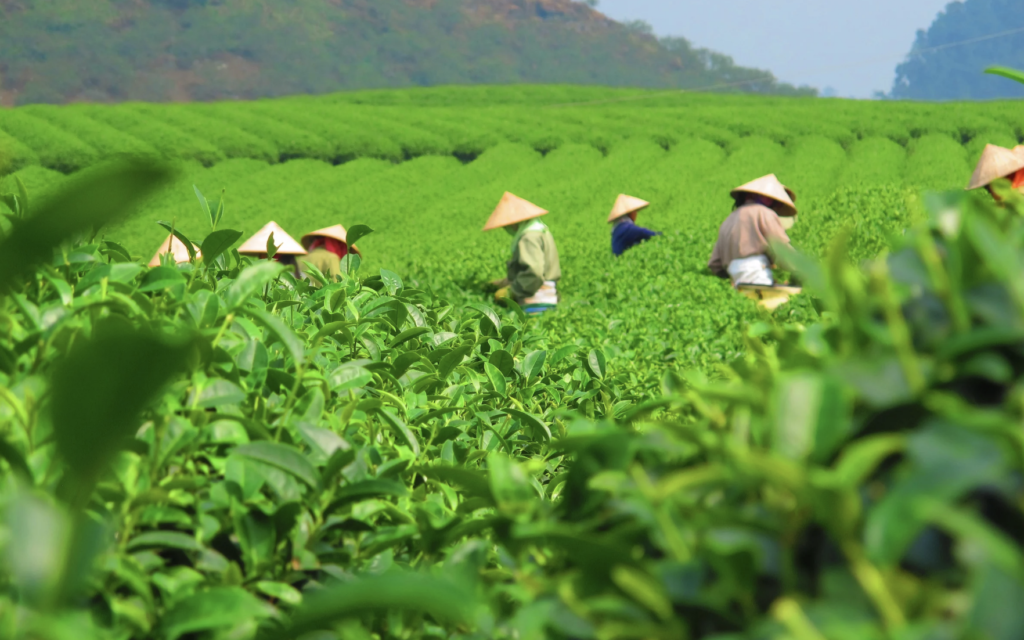
2. Types of Tea and Processing Techniques
The types of tea and their processing techniques hold a vital position in Chinese tea culture. Different processing methods create diverse teas with unique flavors. For example, when producing oolong tea, fresh leaves are usually harvested with one bud and three or four leaves, a method that determines its distinctive quality. Among Chinese teas, Da Hong Pao stands out as the “King of Tea,” renowned for its exceptional quality and unique taste. Over time, preferences for tea have evolved, such as during the Ming Dynasty, when loose tea became the primary form of tea consumption.
Different processing methods result in a rich variety of tea flavors. For instance, when brewing black tea, water temperatures should remain between 80-95°C to optimize color and taste. Hainan black tea is famous for its honey-like sweetness and rich flavor. The choice of teaware is equally crucial; Yixing clay teapots, originating from the Northern Song Dynasty, symbolize the essence of Chinese tea culture. Green tea processing often includes the “fixation” step, which preserves its bright green color and fresh aroma.
The fermentation level influences oolong tea’s fragrance and taste. For instance, Tieguanyin is celebrated for its long-lasting aroma and rich, fresh flavor, while Baozhong tea represents the lightest fermentation among oolongs. Wuyi rock tea showcases the craftsmanship of Northern Fujian oolong teas with its unique taste. Pu-erh tea, primarily produced in Yunnan Province, is highly esteemed for its fermentation techniques and distinctive flavor.
In Hong Kong, the morning tea culture emphasizes “one cup, two snacks,” pairing tea with light dishes to highlight tea’s harmony with food. Water quality also affects tea brewing; hard water, which contains high levels of calcium and magnesium ions, can alter the tea’s taste. Black tea, a type of post-fermented tea, showcases the variety and depth of tea processing techniques, reflecting the profound heritage of Chinese tea culture.
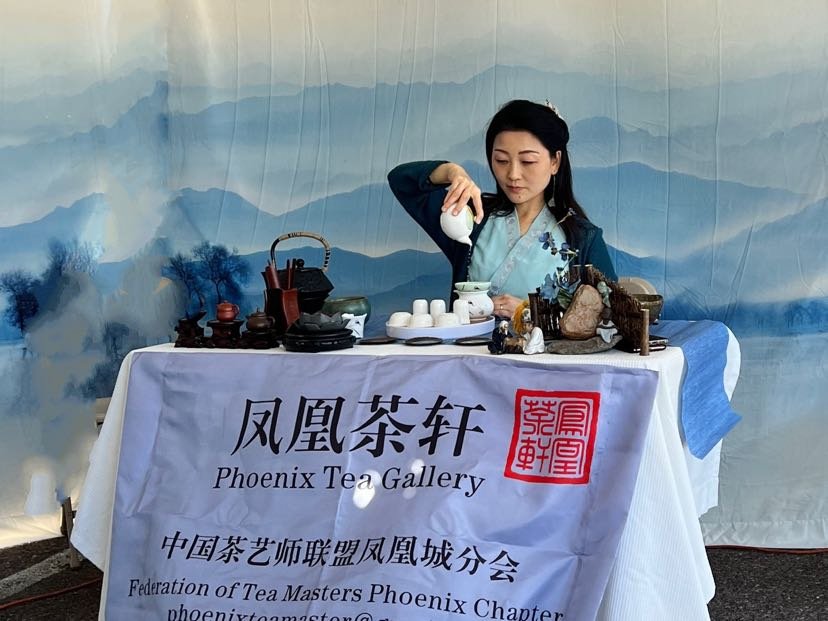
3. Components and Benefits of Tea
Tea offers not only a rich sensory experience but also health benefits due to its unique components. The astringent taste of tea mainly comes from tea polyphenols, which greatly influence flavor and health. As potent antioxidants, tea polyphenols combat aging and oxidative stress. In green tea, the bright, clear liquor is largely attributed to tea polyphenols and their oxidation products.
Properly tasting tea involves appreciating its nuanced flavors. Different parts of the tongue perceive various tastes, such as sweetness, sourness, umami, bitterness, and astringency. To fully experience these flavors, the tea should linger in the mouth and interact with all areas of the tongue. For milk tea, filtering the tea liquor before adding milk and sugar enriches the aroma and taste.
Caffeine in tea is another key component, known for its stimulating effects, enhancing focus and alertness. Overall, tea brings not only delightful flavors but also significant health benefits through its unique components.
4. Tea Tasting and Drinking Customs
Tea tasting and drinking customs are integral to tea culture, requiring careful attention to detail. For example, when serving tea, the initial pour should not fill the cup entirely—approximately 70% full is ideal. This preserves the tea’s aroma and prevents excessive evaporation, reflecting respect for both the tea and the guest.
The evaluation of tea goes beyond its appearance, incorporating taste, texture, and aroma. When assessing tea, the standard dosage is important; for example, 3 grams of tea is used in a 150mL green tea evaluation cup. Similarly, for serving black tea to five guests, 10 grams of tea ensures a balanced flavor. White porcelain cups are preferred for evaluations to clearly display the liquor’s color and quality.
In regions like Japan and Korea, tea is deeply rooted in tradition and etiquette. Tea masters emphasize precise brewing techniques to honor their cultural values. These traditions highlight the richness and diversity of global tea practices, deepening our understanding and respect for tea culture.
In regions like Japan and Korea, tea is deeply rooted in tradition and etiquette. Tea masters emphasize precise brewing techniques to honor their cultural values. These traditions highlight the richness and diversity of global tea practices, deepening our understanding and respect for tea culture.
5. Tea Storage and Preservation
Proper storage is crucial to maintaining tea quality. Ideally, tea should be stored in an environment with around 50% relative humidity to prevent mold and deterioration. A dry, ventilated space is essential for preserving its flavor and extending shelf life.
Globally, China’s rich tea resources and long-standing culture have established it as a leader in tea production and export. China produces the widest variety of premium teas and holds a prominent position in the international tea trade, reflecting its global influence and market competitiveness.
6. Tea Ceremony and Culture
Tea ceremonies are a vital aspect of tea tradition, with distinct practices in different regions. Chaozhou Gongfu Tea is known as a “living fossil” of Chinese tea art, showcasing the rich heritage of the Chaozhou region. The Uyghur people of southern Xinjiang prefer brewing tea in copper long-neck teapots, reflecting their unique blend of tea culture and ethnic traditions.
In other countries, tea ceremonies are equally significant. Korean tea ceremonies include powdered tea and boiled tea methods, emphasizing elegance and etiquette. Japanese tea culture is centered around the principles of harmony, respect, purity, and tranquility.
In China, Lu Yu, revered as the “Tea Sage,” symbolizes tea culture and has left a lasting legacy of tea knowledge and practices. Tea ceremonies embody respect, artistry, and philosophy, offering a profound cultural experience.
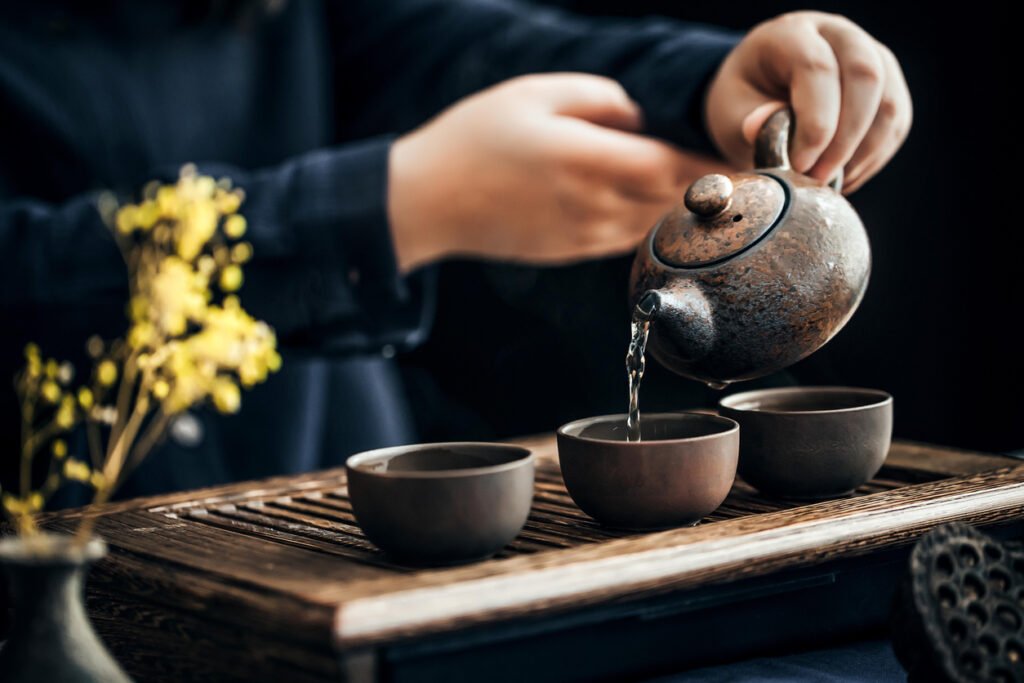
7. International Spread and Geographic Significance of Tea
Tea’s global spread and geographic significance demonstrate its worldwide influence. Over 50 countries now cultivate tea, showcasing its importance as an international crop. Tea thrives in warm, humid environments, ideally at temperatures between 18-25°C, offering essential guidelines for cultivation worldwide.
In tea preparation, the ideal pour fills the cup to 70% capacity, ensuring optimal flavor and aroma. Among various tea types, black tea, a fully fermented variety, is notable for its rich fragrance and taste, making it a popular choice globally.
The cultivation, production, and cultural dissemination of tea have not only advanced the global tea industry but also fostered cultural exchange, making tea an integral part of global cultural heritage.
8. Tea Classification
Tea classification involves factors such as components, varieties, origins, and historical context, shaping its flavor and character. For instance, tea contains multiple amino acids, including theanine, which contributes to its umami flavor. Tea polyphenols, the most abundant compounds in tea, are foundational to its flavor and provide antioxidant health benefits.
China categorizes tea into six main types, such as green tea, black tea, and oolong tea, each defined by unique processing methods and consumption styles. Hainan Wuzhishan Black Tea, recognized with a geographical indication, highlights the impact of origin on quality.
Tea plants thrive in warm, moist climates, ideally between 35°N and 45°S latitude. China’s southwest region, the tea plant’s native land, provides the perfect conditions for tea cultivation. Tea’s international journey began with mentions of Chinese green tea in a 1658 London advertisement, marking its entry into global markets.
Green tea, such as West Lake Longjing, is distinguished by its flat shape, which influences both flavor and recognition.
In conclusion, tea’s classification, components, and history reveal its rich cultural and sensory appeal, underscoring its enduring global significance.
